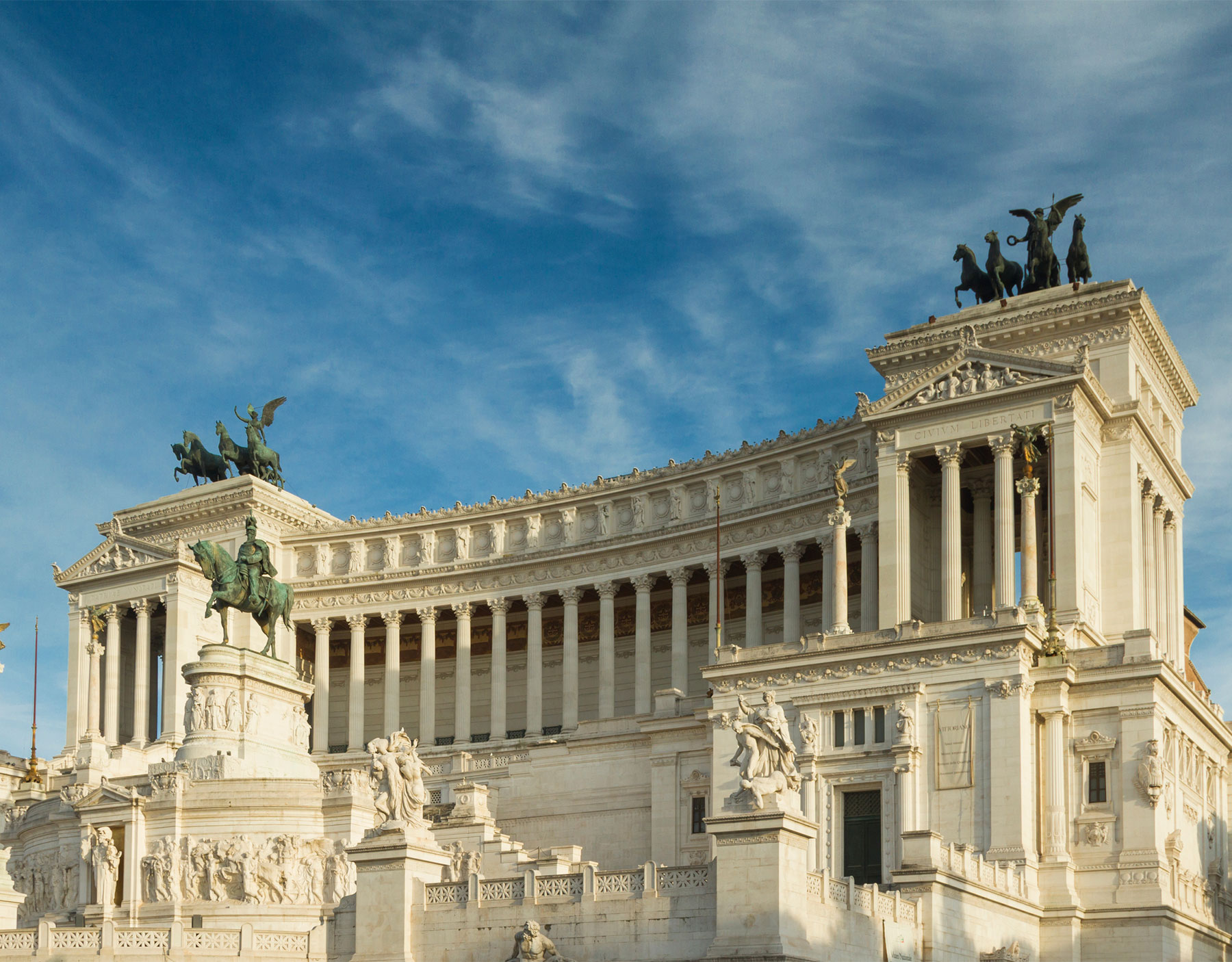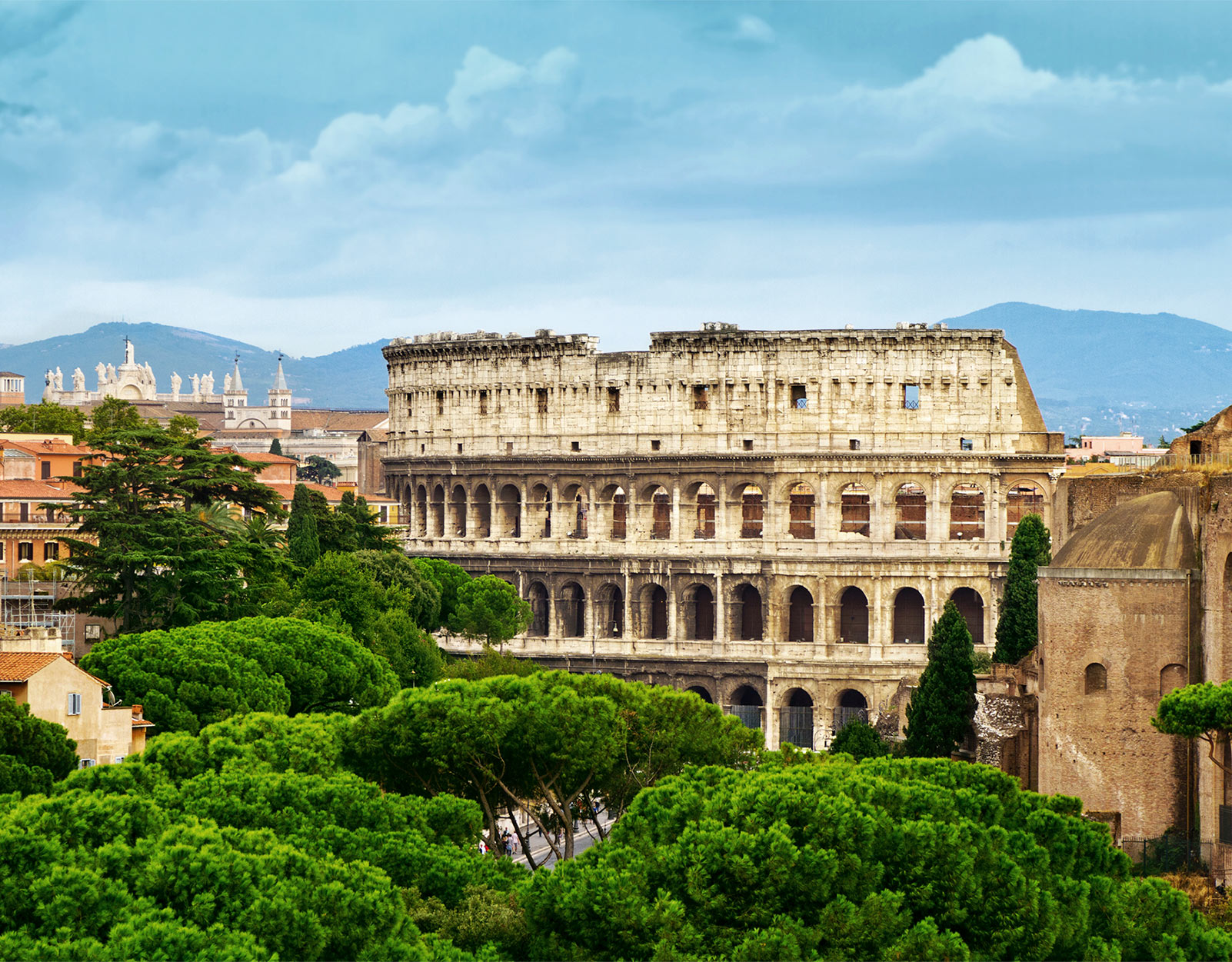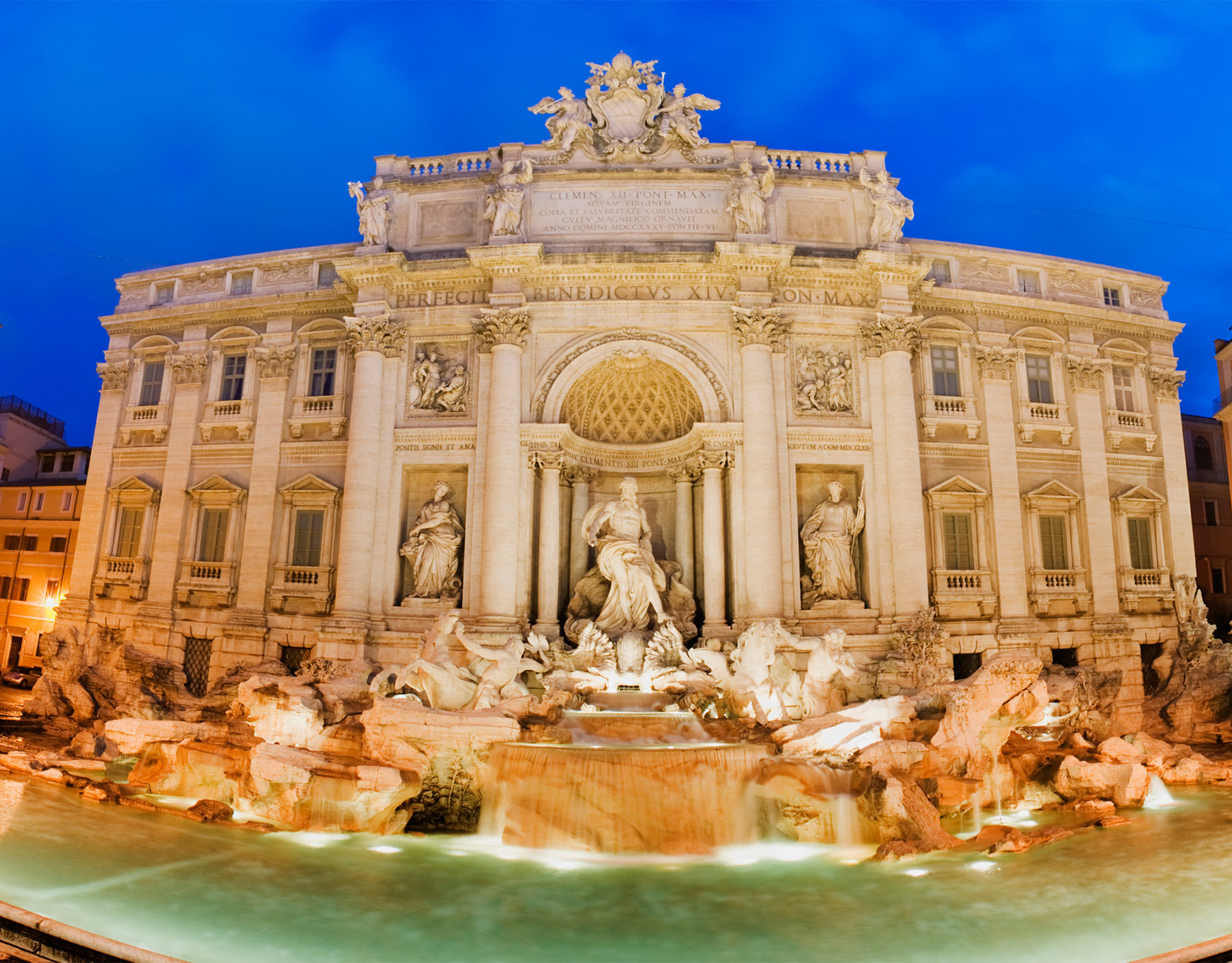Visit the Spanish Steps – a stairway to heaven
A stunning example of Baroque Roman architecture. The alluring Spanish Steps – or Scalinata di Spagna to the locals – are the widest in Europe. No wonder they’ve become the best place to sit and watch the Eternal City go by.
Looking for inspiration? Hop off our Rome Bus Tour to join the painters and poets who flock here looking for creative inspiration.
Step by step history
The Spanish Steps were built between 1723 – 1725 by little-known architect, Francesco de Sanctis. Financed by French diplomat Étienne Gueffier, the aim was for them to connect the Trinita dei Monti church with the Spanish Square below.
Consisting of 138 steps in a mix of curves, straight flights and terraces, the butterfly-shaped Spanish Steps have become one of Rome’s most loved and visited landmarks. Not bad for what is essentially a simple staircase.
Other interesting facts about the Spanish Steps
- Poet John Keats lived in a house at the bottom of the Spanish Steps; dying here in 1821
- In 2007, a drunken young man attempted to drive a car down the steps, damaging some of the 200-year-old stonework. He was unsurprisingly arrested
- In 1986, the first McDonalds restaurant in Italy opened near the Spanish Steps, leading to protests
- At the bottom of the steps, the Fontana della Barcaccia is in the form of a sinking ship and said to be based on an old myth
- In the 17th century, the area around the Spanish Square was considered to be Spanish territory






